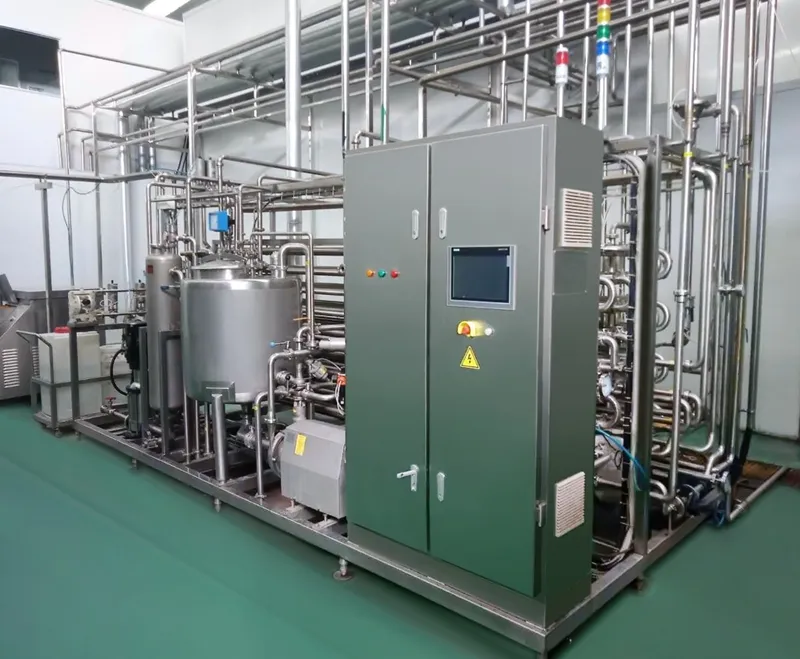Four precautions for aseptic filling of milk in pasteurier
Generally speaking, aseptic filling of milk includes four elements: aseptic filling materials, aseptic filling products, aseptic filling environment and complete sealing after filling. Let’s introduce it in detail.
First of all, the materials used for aseptic filling of milk generally include metal cans, glass bottles, plastic containers, composite cans, paper-based composite materials, multi-layer composite soft filling, etc. The contact part between the milk filling machine and the material shall be made of stainless steel that conforms to GMP and is corrosion resistant, and will not react with the material.
Secondly, the sterilization of filling products and milk can be divided into thermal sterilization and cold sterilization. At present, thermal sterilization is the main method in the market, which is divided into ultra-high temperature sterilization and high-temperature short-time sterilization. The cold sterilization method of materials mainly refers to ultraviolet and microwave sterilization.
In addition, the aseptic filling system of the filling environment is mainly divided into two types of systems: open aseptic filling system and closed aseptic filling system. The difference between the two systems is that the closed aseptic filling system has a sterile room in which milk is sterilized, formed and filled, which can effectively prevent microbial contamination. Therefore, the closed aseptic filling system is widely used in the industry.
The complete sealing after filling is the later and crucial link in aseptic filling, which can directly affect the shelf life and storage period of milk. During the operation, on the one hand, it is required to prevent the invasion of microorganisms and gas or water vapor, on the other hand, it is required to ensure that the filling does not overflow and the sealing does not leak.
In order to achieve aseptic filling of the milk filling machine, in addition to the four points mentioned above, it is more important to improve the awareness of health and safety, strengthen the health and safety management, strictly control the quality, and fill and produce safe milk.
